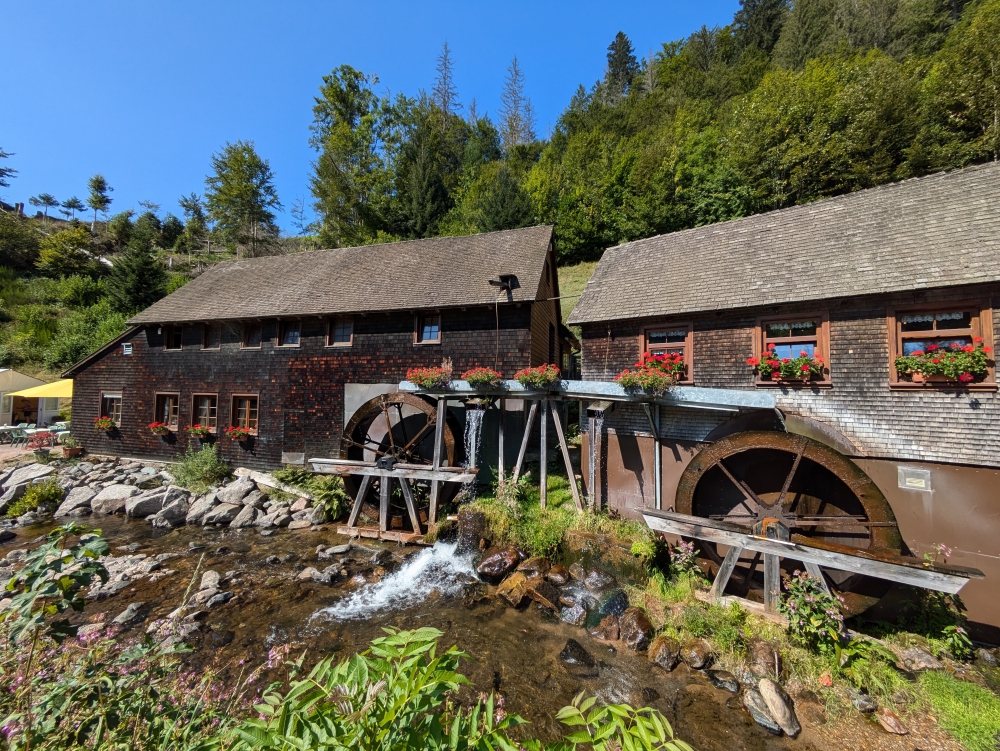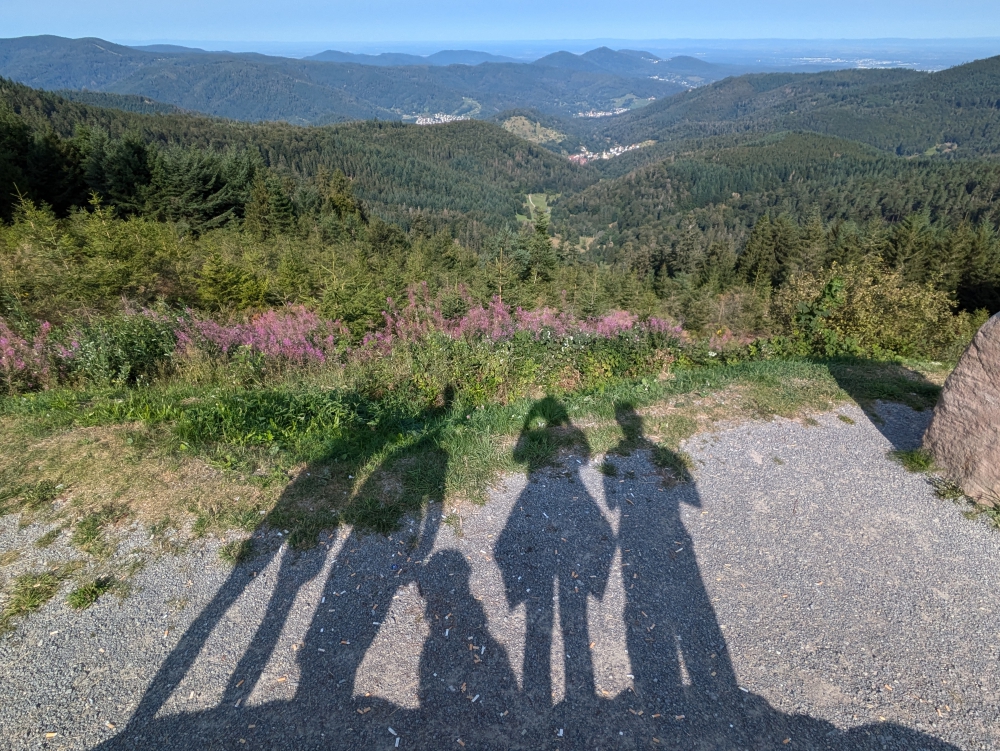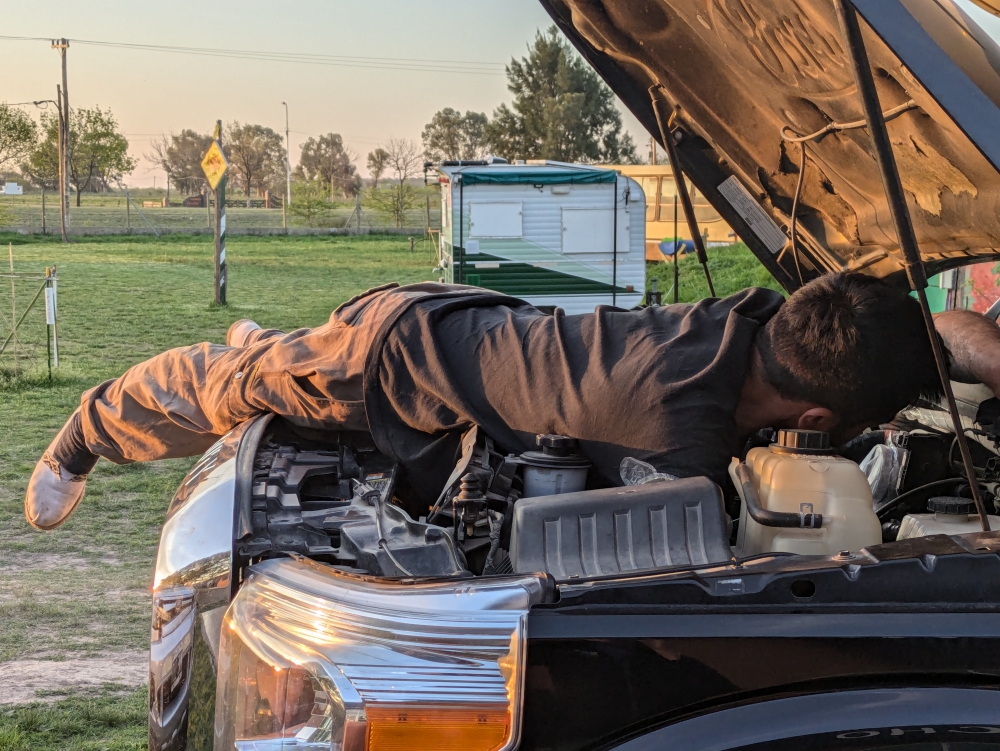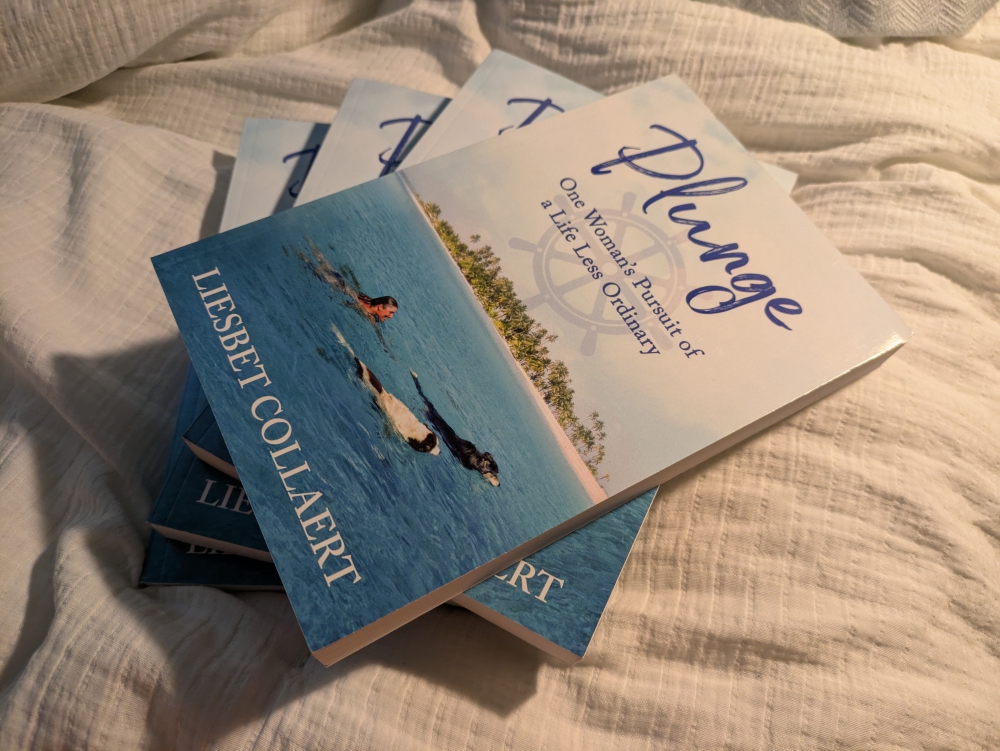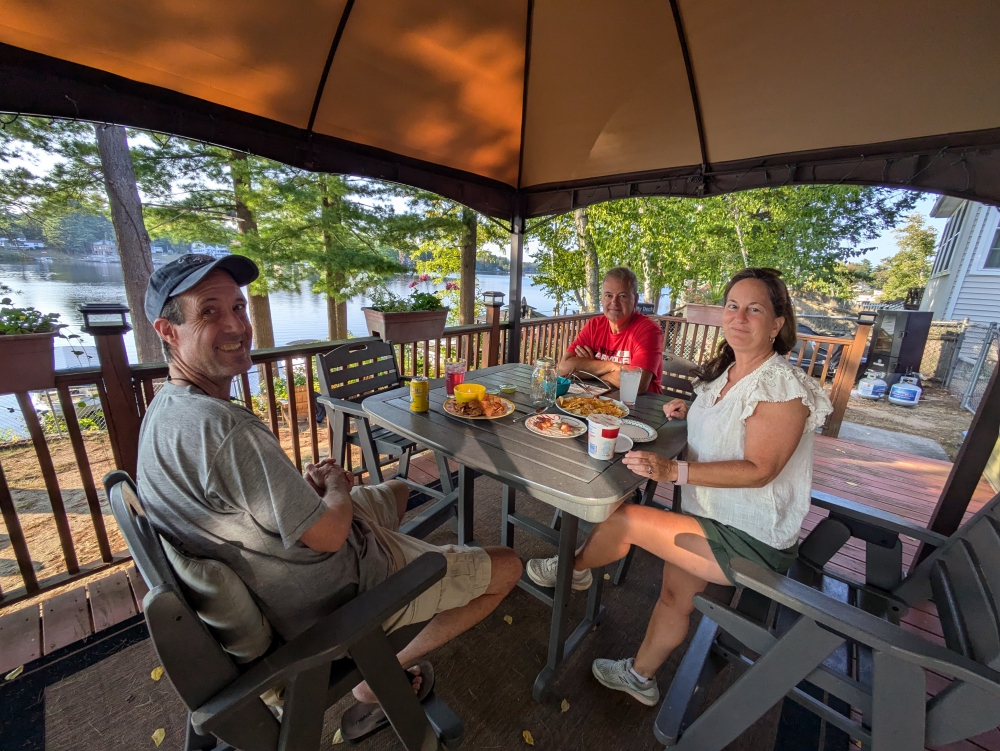After a three-month “summer break” in Massachusetts and Belgium, Mark and I looked forward to returning to our RV life in South America, which promised new adventures and horizons. But first, we had a few hurdles to overcome.
For the first time since finishing our sailing episode in Tahiti in 2015, we decided to check a bag (we usually only fly with three or four carry-on/personal items). We needed to bring back spare parts and gear to fix our camper and truck, plus a few liquid novelties like maple syrup and dog shampoo. It had taken multiple attempts to fill this bag and not exceed 50 pounds. It was tricky, as we also didn’t want things to shift in this enormous duffel. Padding added weight. I even tried to put all our “to check” luggage into our carry-on roller, super tight, too tight, with a ripped zipper as a result.
In the end, I succeeded with the duffel bag. Since we had plenty to carry with us on the plane, I stuffed our rain jackets inside it as well. The scale at the airport showed 52 pounds. Ouch. But the lady was super friendly and impressed relieved that we only had one checked bag, so she let the overweight go. Thanks!
Then, we flew from Boston, MA, to Buenos Aires, Argentina, via Miami. We arrived early and hadn’t slept for 24 hours. The day had only just started and it was September 21st, the arrival of spring in the Southern Hemisphere.
We dealt with immigration (long lines), nervously waited for our one bag to arrive as one of the last pieces on the belt (that’s why we hate checking bags), swung by the friendly guy at agriculture for Maya’s paperwork, and sent all our luggage through X-ray machines at customs. And all that time, Maya couldn’t relieve herself, which stressed us out.
Our sets of metal brake pads raised questions. We managed to talk ourselves out of the legal fact that no traveler is allowed to import car parts. Not even when your Ford F350 doesn’t exist in Argentina and neither do the parts!
The exchange rate from dollars to pesos was horrible at the airport, so we passed on that, planning to pay our storage fee in USD. Finding an Uber that accepted dogs proved to be difficult as well. We lined up three taxi drivers, only to have the last man not cancel after we sent a private message about our well-behaved Maya. He took a few wrong turns and forgot to switch the meter off when he delivered us, but we made it to our home on wheels by 10am!
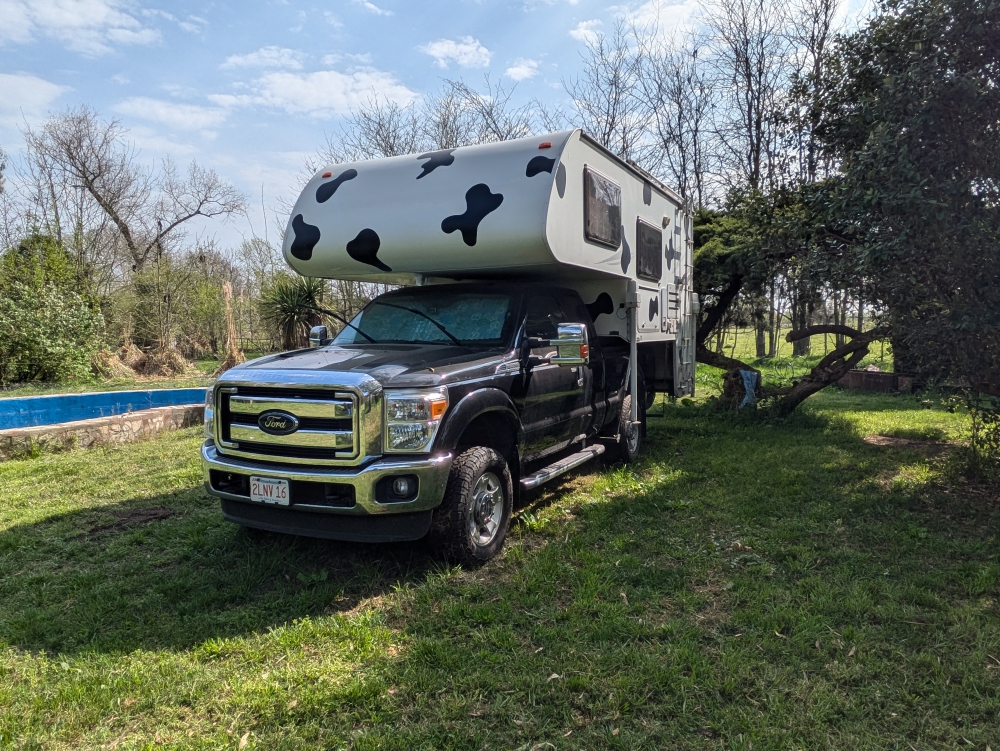
Reunited with Thirsty Bella on Julian’s property
Julian’s property had been perfect and affordable to store Thirsty Bella, but we knew from dropping our camper off and needing to prep it to be left unattended that this is NOT a usable campground, without running water to fill our tank or hot water in the shower block and with barking dogs and their poop everywhere. The mosquitoes were less of a problem, but now the toilet bowl had a gaping hole in it; flushing it flooded the bathroom floor and not in a pretty way. Don’t ask me how I know…
Anyway, after our set-up was rudimentary ready, we needed to leave ASAP. Plus, we had no food or drinks at all, after emptying the cupboards and fridge before we left. The first task at hand was start the truck. With a totally drained battery, this took a while, with the help of Julian’s trickle charger. Next step: reinstate our Starlink satellite internet account, which we had paused for three months, saving $210. Mark relocated our sign-up address from Peru to Argentina to avoid issues in the future.
Around noon, we generously rewarded Julian and his wife, Sofia, for their hospitality and help, before hugging them goodbye and maneuvering our camper under low-hanging electrical cables (which needed lifting with a stick) and through the narrow gate.
(As always, click on or hover over photos in galleries to read their captions.)
We stopped by a small tienda in a city with tight streets (Mark wasn’t thrilled about this unexpected “big rig” driving test on day one) to stock up on some staples and made our way to Zapparancho, the campground ran by the well-known Zapp family, who traveled around the world in an old, classic car for over twenty years. Our trio had stayed here in the past, so we knew Herman offered the right facilities to get ready for the road.
We immediately filled up with drinking water, discovered an issue with the water heater – after three plumbing attempts, this got fixed – and realized our bathroom tap, which acts as a sink faucet as well as a showerhead, was leaking profusely and needed to be replaced. Darn. How can things break while they’re not being used?
Luckily, our American motorcycle friends, Brandon and Katherine, were returning to Buenos Aires in a week as well. They happily received the package and brought the small part to our next meeting point, about ten days later.
Zapparancho is a popular and buzzing place, where travelers meet and share meals. Yet, the price added up each day, standing water attracted mosquitoes, and the nights were noisy. We wanted to keep focusing on the jobs at hand and looked forward to getting on the road again.
The sun was bright, but the wind was strong as we prepped our camper, went grocery shopping, did laundry, and organized everything the way it was.
We postponed the “big engine project” until later in the week. For that, we moved closer to the building. It blocked the wind, so no dirt would enter the engine compartment and work would be easier.
Which work? Mark needed to replace the 16 sparkplugs and 8 ignition coils on the engine block, all in one go. I was his assistant and mental support person, as always. It didn’t take long before I heard him curse. One of the sparkplugs was stuck. It didn’t want to unscrew. As he predicted, this turned into a massive ordeal! When he finally got it loose, the threads were damaged, meaning the receiving end on the engine block was compromised as well and the new sparkplug couldn’t go in.
I will make a long story short. We finished replacing the other 15 sparkplugs and all the ignition coils without issues and then focused on the damaged sparkplug, which had been inserted incorrectly by the factory. Our car only has 60,000 miles on the odometer and this was the first time the sparkplugs were touched by a person. Yes, this miss-threaded part was Ford’s fault; a rare mistake.
Yet, here we were. In Argentina. Without the right equipment, confidence, or knowledge for an issue of this magnitude. And far away from a good mechanic in the capital. One piece of metal accidentally entering the motor block during any maneuver and our engine would be damaged and possibly needing replacement! Mark fabricated a rethreading/chasing tool out of an old sparkplug to “clean” the threads but, ultimately, we didn’t trust ourselves to do the job.
So, we researched and enabled the best mechanic we could find in Buenos Aires, convinced him to drive out an hour and half each way to help us, and hired him to do the work. His initial quote was $300-$400. But… the first time he and a helper arrived, they were baffled by the tricky nature of this job and preferred to return the next morning, Saturday, with proper tools.
That morning became evening, but they eventually showed up at dusk with modified tools and an endoscopic camera and – after a couple of hours – they cautiously and professionally fixed the issue, inserted the new sparkplug, and listened to the engine purr nicely. The final price for the job was $600, which hurt, but was better than the feared-for, worst-case scenario! And, we could get back to our travels the following day.
Luckily, we were not in a hurry as early spring is still too soon to head south to Patagonia and Ushuaia. We had a month of “lingering around” planned, to wait for better weather. We left the capital area and headed north in Argentina. Our initial camping spot didn’t work out due to it being a Sunday, which means packed parking lots and parks. So, we ended up at a truck stop in Zarate. Nothing too glorious for our first night back on the road!
Our next destination was Gualeguachú, which takes a while to pronounce. We found a grassy spot along the river to park up for a few days, work, and explore town. We braved one super-hot and humid day on which we couldn’t do much.
We also needed a blood test and paperwork for Maya to enter Uruguay. On our walk to the vet, she got attacked again by a loose, owned dog. Not a stray. Stray dogs behave friendly or shy; not protective.
We urgently had to come up with a rough, northern route. Initially, we wanted to make a loop through Southern Brazil, along the coast of Uruguay, and back into Argentina. After deliberation, and chats with my virtual travel friend and blog follower Gilda (who is from Southern Brazil), we changed plans and decided to skip that part of her country. This would save us a chunk of time and gas money.
It was in Gualeguachú that Brandon and Katherine joined us for a night with their motorcycles and tent. They brought their Argentinian friend, Federico, which produced deeper insights into the country and culture for us. We shared a nice dinner in Bella and enjoyed a fun evening and restful night.
The following day, after Mark and I ran more errands, our little group met up again, further north, at Punta Viracho. Federico had moved on towards Paraguay.
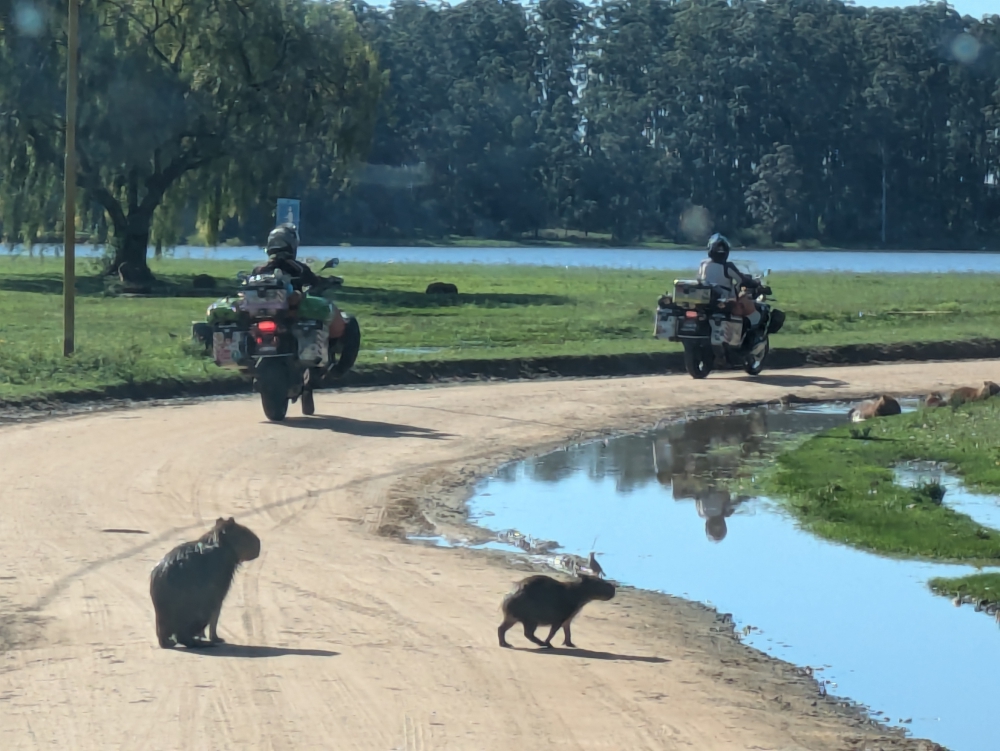
Passing through a herd of capybara on our way to the campground
Brandon and Katherine love hot springs and they’d discovered that staying at a campground in that area was affordable and included unlimited entrance into hot pools and a waterpark within walking distance. We took their invitation and camped close together for a few more nights. We could see Uruguay on the other side of the massive reservoir that is Salto Grande.
Our first highlight – and surprise – was the herd of capybaras that lives on this peninsula. It was amazing to just watch and photograph the adults and babies.
Here is a video from when they walked by.
And, who knew they like to swim?
We enjoyed quality time and homecooked meals with our friends and managed to soak and play in the hot pools several times as well. Since it was weekend, however, the pools got crowded.
And, I really have to stop doing crazy things at my age. This was the fastest slide I’d ever been on!!
Hugging our dear friends goodbye was more emotional than usually, as we won’t see them again on this continent. We had the fortune of meeting up in five South American countries – Colombia, Ecuador, Peru, Bolivia, and Argentina – in the last year and a half, but now they’re hopping over to Africa to continue their world travels.
The three of us only hopped to the next peninsula (Soler) along the reservoir for a couple more days of rest, wind, and rain – and stress for Maya, thanks to twigs and leaves falling onto the roof of the camper – in Argentina.
On a walk with our dog, we heard these weird noises…
Unfortunately, because of our location by a turnaround point at the end of the road, it proved much busier and louder than expected. So, on October 9th, after filling our gas tank and pantry, we left Argentina and entered a new-to-us country: Uruguay.
Next up: Our monthly expense report for October 2024
Curious about a previous ten-year chapter in our nomadic lives, which includes eight years aboard a 35-foot sailboat in the tropics with dogs, check out my compelling, inspiring, and refreshingly honest travel memoir:














































































































